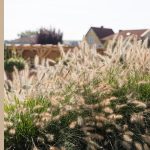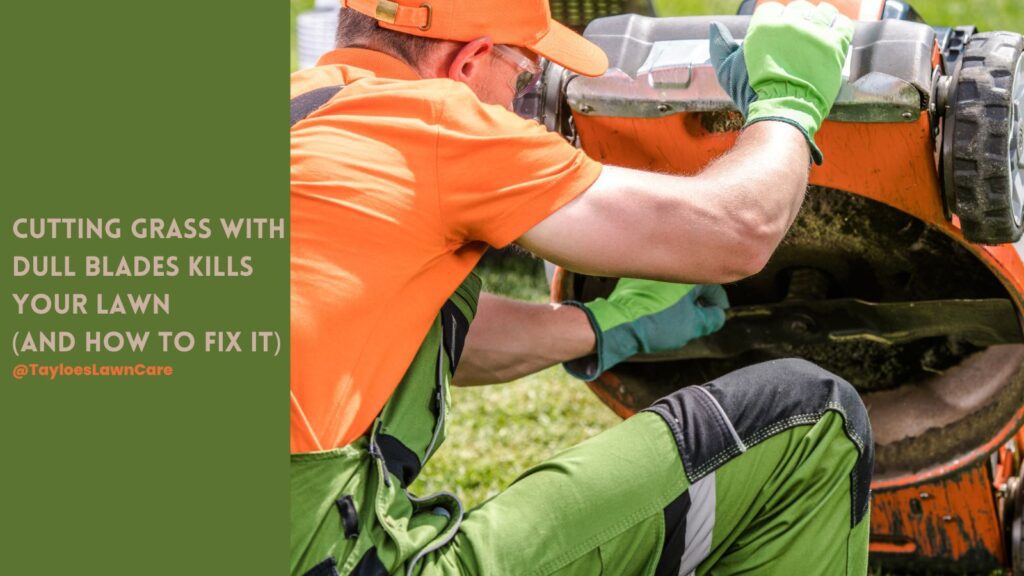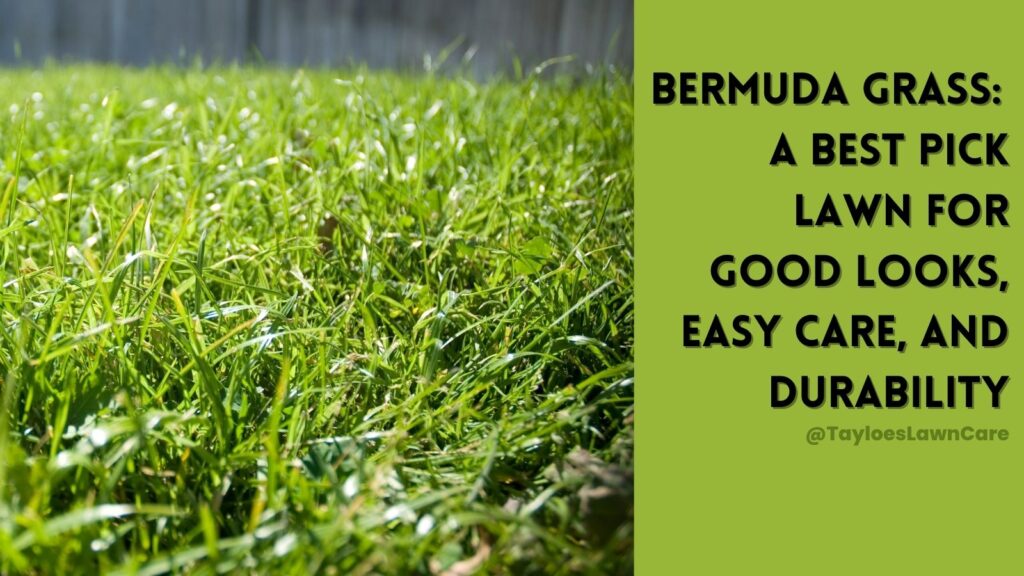Last Updated on: 11th November 2023, 06:14 pm
Cutting grass for beauty and optimal health is part art, part science.
At Tayloe’s Lawn Care Services of Aulander, North Carolina, we strive for excellence, ensuring every lawn we manage is beautiful and healthy. Our discerning clients often ask us, “Why does the lawn care technician cut the grass in opposite directions from one service to the next?”
To truly appreciate this technique, we need to look deep into the nuances of lawn care, specifically regarding the green, warm landscapes of North Carolina.
Five Key Benefits Explain Why We Cut the Grass in Opposing Directions
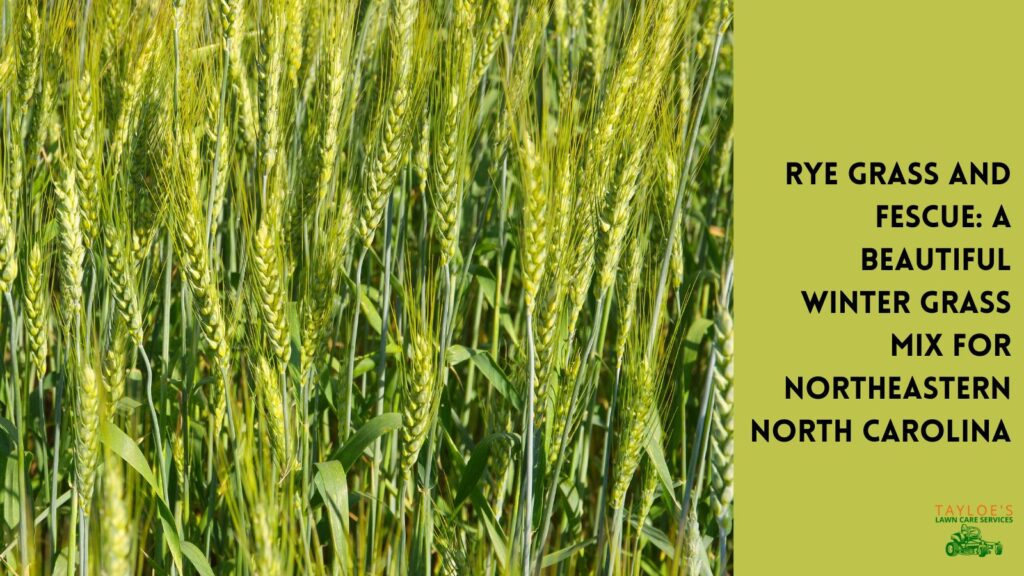
1 – Reducing soil compaction
A consistent mowing direction subjects specific areas of your lawn to the mower’s weight repeatedly. That can lead to soil compaction, where soil particles pack together tightly. Thus, it leaves minimal space for air, water, and nutrients to move through.
When soil compacts, it hampers the grass roots’ ability to grow deep into the earth. This results in shallow root systems, depriving the grass of essential nutrients and making it more susceptible to drought, disease, and other lawn stresses. Furthermore, compacted soil can lead to poor drainage, causing puddles and runoff during rainfall, contributing to erosion and poor water absorption for the grass.
We counteract and redistribute the mechanical pressure exerted on the lawn by merely mowing in alternating directions. This proactive step ensures that specific areas aren’t consistently subjected to the mower’s weight, preserving the soil’s structure and promoting healthier grass growth.
2 – Promoting more even grass growth
Just like plants lean toward a light source, repeated mowing in one direction can cause grass blades to lean and grow toward that direction. Over time, this lean becomes a characteristic of the lawn, affecting its overall texture and appearance.
Apart from aesthetics, consistently leaning grass can expose the lawn to uneven wear. That means certain areas of your lawn might become more vulnerable to scalping – cutting grass too short. Too-short grass damages the crown from where new grass blades grow.
The solution is alternating the mowing direction. This technique trains the grass blades to grow more upright, ensuring an even wear across the lawn. The result? A vibrant green carpet that’s as pleasing to the feet as it is to the eyes.
3 – Enhancing lawn aesthetics
Ever notice the pleasing patterns formed by a fresh cut? This visual delight comes from bending the grass blades in different directions. When mowed in varied directions, the grass reflects light differently, producing alternating dark and light stripes or patterns.
Beyond aesthetics, these patterns can serve as an indicator of the lawn’s health and evenness. An evenly striped lawn suggests consistent grass height and health across the expanse.
Consistently mowing in one direction subjects the grass blades to the same cutting angle. Over time, this can lead to jagged or frayed tips. These damaged tips aren’t just an aesthetic concern; they can become entry points for diseases and pests.
By alternating mowing directions, we ensure diverse cutting angles. This variety helps achieve clean cuts, minimizing blade damage and ensuring each blade remains healthy and robust, free from frayed edges.
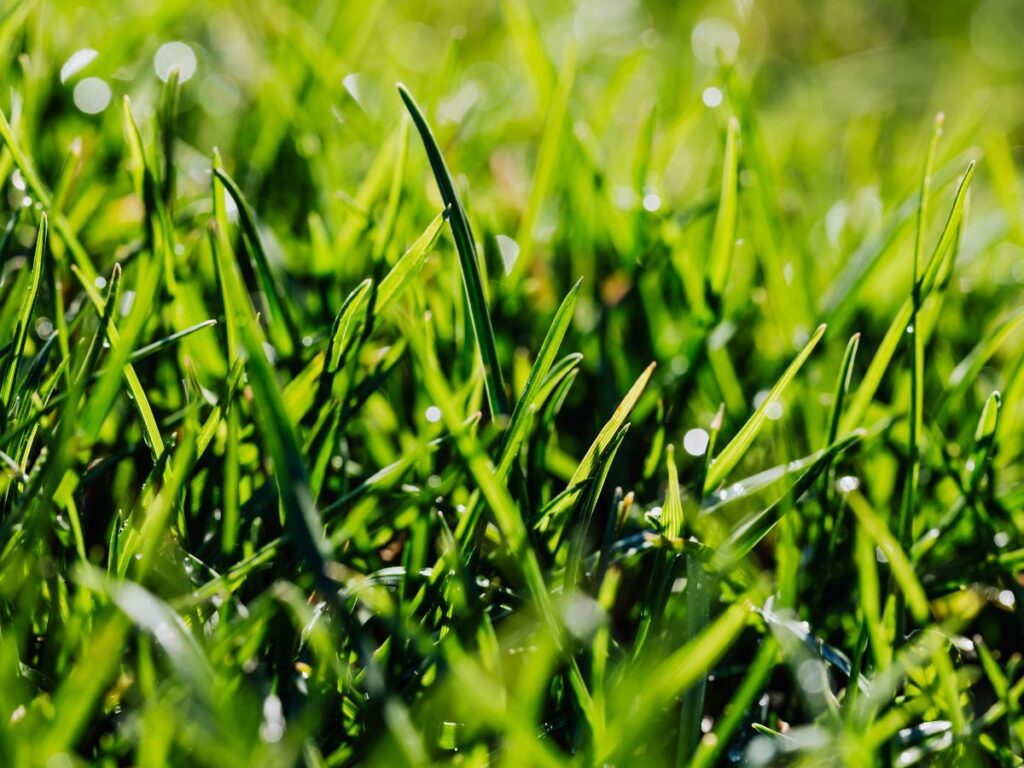
4 – Managing thatch effectively
Thatch is a natural component of any lawn. But it becomes problematic when it accumulates excessively. A thin layer of thatch can aid in moisture retention, and as it decomposes, it returns beneficial nutrients to the soil. However, a thick thatch layer can be a barrier, preventing water, nutrients, and air from reaching the grassroots.
Mowing direction plays a surprisingly vital role in thatch management. When grass clippings spread evenly across the lawn, they decompose more effectively, enriching the soil without contributing excessively to thatch buildup.
By consistently changing the mowing direction, we ensure that clippings are dispersed in varied patterns, allowing for optimal decomposition and maintaining a balanced, healthy lawn environment.
5 – Stimulating vigorous grass growth
Mowing isn’t just about reducing the height of your grass; it can influence how and where your grass grows. Let’s delve deeper into how varying mowing directions can stimulate more vibrant grass growth.
When we mow your lawn, we are not just cutting grass – we’re sending signals to the plant about growth. Grass, like many plants, tends to grow in the direction it’s been pushed or trained. Regularly cutting in the same direction trains the grass to lean and grow in that particular direction. Over time, this habituation can make specific growth responses in the grass more dormant or ‘complacent.’
You disrupt these habitual growth patterns by changing how we cut the grass. The grass, now “confused” by the new direction of the cut, responds by growing more vertically and densely as it tries to adapt to this new pattern. This adaptation response, in essence, “wakes up” areas of the lawn that might have become uniform in their growth due to the repeated same-direction mowing.
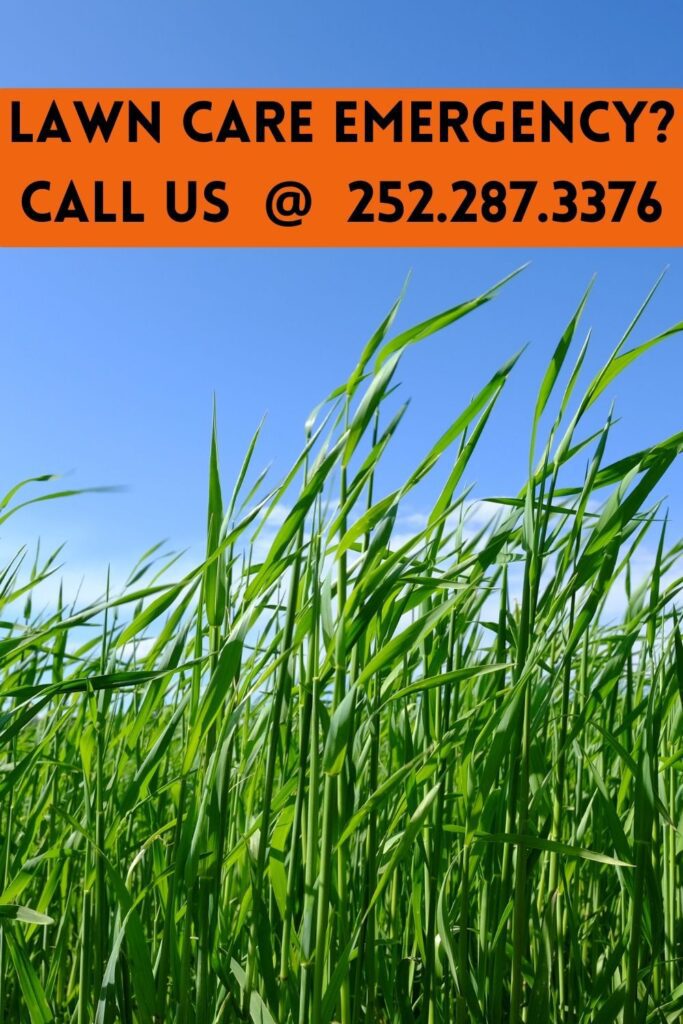
How We Cut the Grass Supports Dense Growth
The above points point to one central theme – supporting thick, healthy grass growth.
A thicker or denser lawn is not just an aesthetic asset. From a biological standpoint, when grass grows densely, it optimizes photosynthesis because of the increased number of blades. More blades mean more surface area to capture sunlight, leading to a healthier and more vigorous lawn.
Furthermore, a dense lawn creates a natural barrier against weeds. Weeds need space and sunlight to germinate and grow. A thick grass mat leaves little room for these unwanted plants to establish a foothold. In essence, a denser lawn becomes its own best weed deterrent, reducing the need for chemical weed killers.
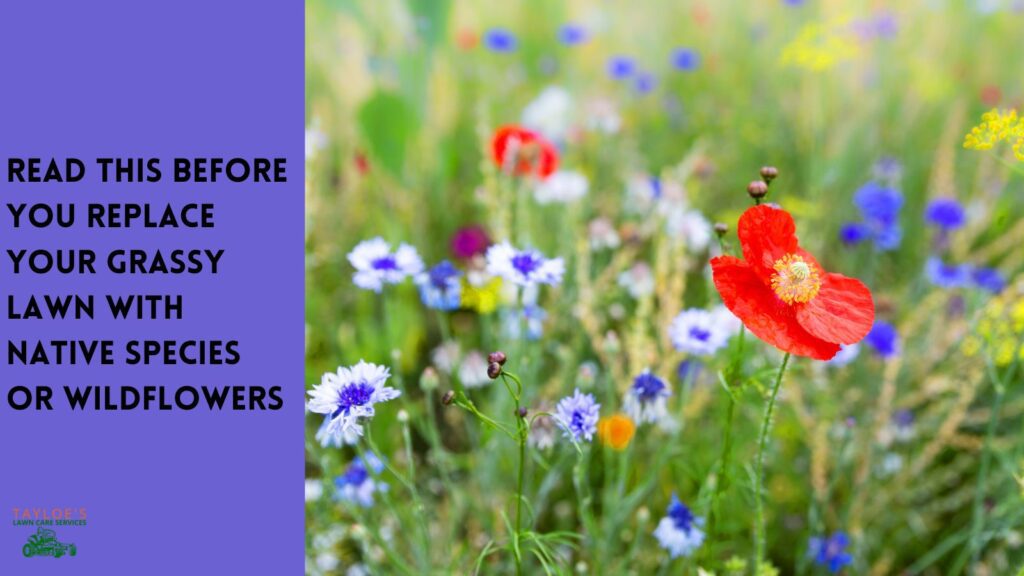
The Takeaway: We Cut the Grass in Alternating Directions for a Better, Healthier Lawn
At Tayloe’s Lawn Care Services, our strategies are rooted in science and experience. Alternating mowing directions is a testament to our dedication to providing lawns with the best care possible. Regarding understanding and delivering the pinnacle of North Carolina lawn care, Tayloe’s Lawn Care Services remains unrivaled in its expertise and commitment.
If you are ready for a healthy lawn – but don’t want the extra work – give us call or shoot over a text to 252.287.3375. You can also connect with us on Facebook.
Author Profile

- Randy Tayloe is the COO of Tayloe's Lawn Care Service, LLC. He is a certified custom applicator, recognized by the North Carolina Department of Agriculture Pesticide Division. A native of Bertie County, NC, and graduate of Bertie High School, he wants to beautify his home county - one yard at a time.
Latest entries
 GardeningApril 1, 2025Fountain grasses add colorful foliage and movement
GardeningApril 1, 2025Fountain grasses add colorful foliage and movement GardeningMarch 21, 2025White cloud muhly grass growing guide
GardeningMarch 21, 2025White cloud muhly grass growing guide Lawn CareFebruary 25, 2025Should I mow every week?
Lawn CareFebruary 25, 2025Should I mow every week? Lawn CareFebruary 18, 202515 Simple early spring lawn care tips
Lawn CareFebruary 18, 202515 Simple early spring lawn care tips

